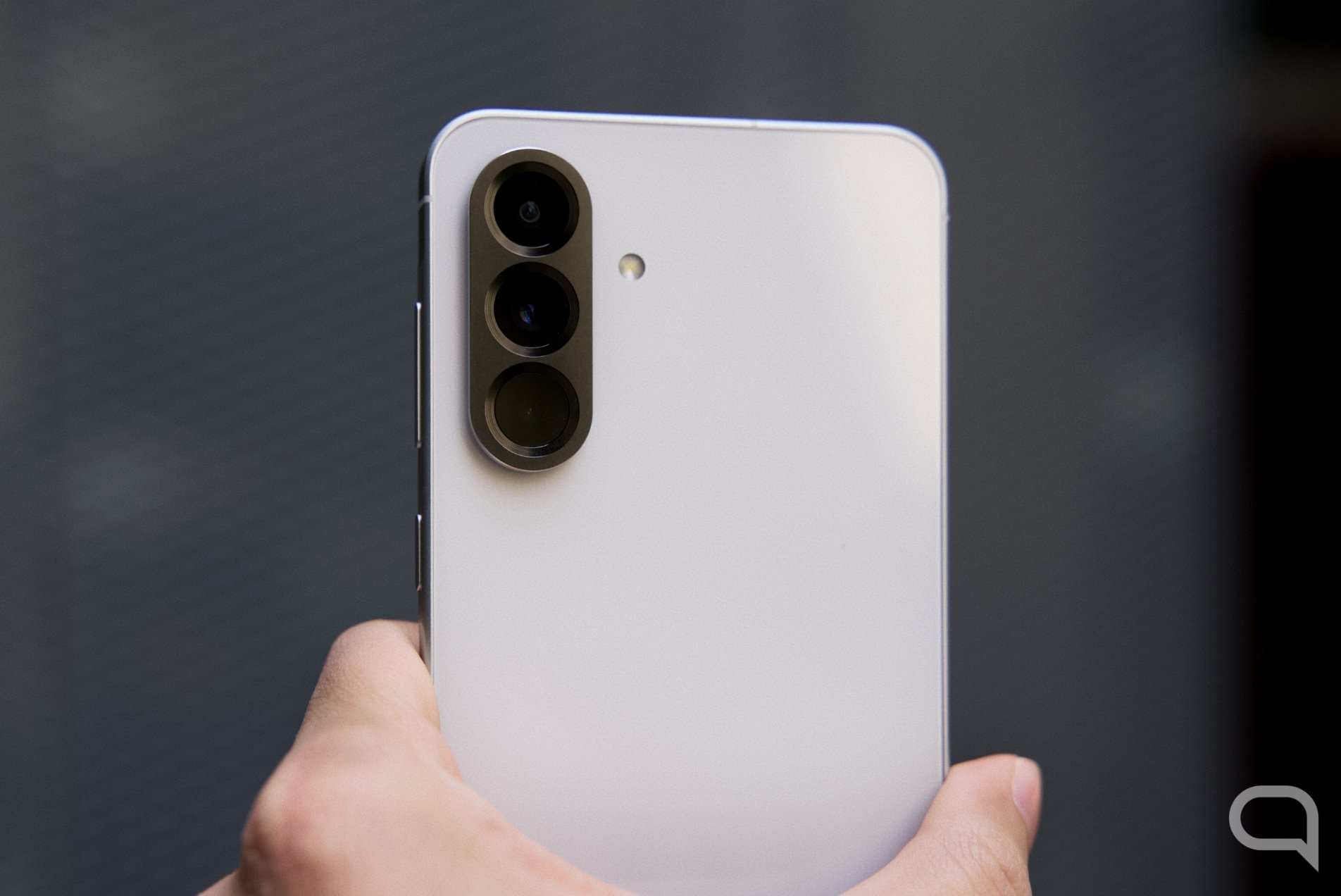One of the best moments to understand what CPU benchmarking is, of course, is when you’re considering buying a new PC or checking to see if the latest upgrade was a good investment!
Comparisons show how different CPUs behave on certain tasksIt helps you choose the one that best meets your needs or identify problems such as overheating or low efficiency. Read on to understand how to interpret these results and make the best decision!
What is CPU benchmarking after all?
CPU benchmarking consists of a series of processor stress tests. These are standardized so that the user sees the actual performance of the CPU by checking how efficient the component is compared to its competitors and whether it provides the best value for money for its intended use.
For example, for those working with high-performance software or games, CPU benchmarks can direct the necessary adjustments to the system to achieve maximum performance. Therefore the following will be analyzed:
- Clock speed: How fast the CPU processes information;
- Core count: multitasking performance with more cores allowing greater parallelism;
- Energy efficiency: Evaluates the balance between performance and energy consumption.
In short, an excellent tool Make sure you invest in technology efficientlywhether as a casual or professional user.
How does CPU benchmarking work?
The way CPU benchmarks work involves running a series of performance tests to measure the processing capacity of a CPU.
HE Evaluates the efficiency of the CPU in executing different types of simulated tasksand the results are used to compare performance between different processor models. Here’s a summary of how it works:
1) Conducting special tests
CPU benchmarking measures the CPU’s ability to perform heavy mathematical operations, its performance when performing concurrent tasks such as rendering graphics while running other programs, and can even simulate real-world usage scenarios., gaming, video editing, file compression, etc. like.
CPU benchmarks can be divided into two main types:
- Synthetic benchmarks: They perform standardized calculations and operations that simulate specific workloads. Example: Cinebench, Geekbench;
- Real world benchmarks: They evaluate performance based on actual programs and games that the user may use. Example: FPS tests in games, rendering time in video editing software.
2) Final exam scores
Once the tests are completed, the benchmark generates a score. It will reflect the processor’s ability to perform the applied tasks. Higher scores generally indicate better performance. Watch out!
3) Comparisons between CPU models
Benchmark results are compared with scores from other CPUs to understand which processor performs better in certain situations.
How does CPU compare?
To run CPU benchmarks, you need some special components and tools that will ensure the tests are accurate and reliable. The main elements are:
Suitable hardware components
In short, you will need the perfect tool. Make sure you invest in technology efficientlywhether as a casual or professional user. The hardware involved must be working properly so that it does not interfere with the benchmark results.
For example, a good cooling system (heatsinks or fans) is important because high temperatures can affect the performance of the processor.
A stable and sufficient power supply will prevent voltage drops from damaging the test, and the RAM memory and motherboard must be compatible with the processor and in good condition.
Comparison Tools
You will need benchmarking software to run the tests. There are several popular programs and they vary depending on the type of benchmarking desired.
Remember which tasks are most important to you and the processor must meet expectations. For example, gaming users should prioritize gaming CPU benchmarks. See other vehicle options:
- CinebenchMeasures CPU performance in rendering 3D images;
- Geek Benchevaluates both single-core and multi-core performance in various scenarios such as simulations and scientific calculations;
- PassMarkperforms a range of tests including data compression, mathematical calculations, and database operations;
- PCMarkmeasures overall system performance based on everyday tasks such as web browsing, document editing, and video conferencing;
- 3DMarkdetermines a system’s ability to render 3D graphics for games.
Operating system configured
It is important to configure the operating system correctly to prevent interference with test results. Make sure no other software or services are running during testingbecause this can consume CPU resources and skew the results.

Other best practices are to make sure your system drivers (especially your motherboard and CPU) are up to date and configure your operating system to prevent the CPU from going into power-saving mode during testing.
temperature monitoring
Processors that reach very high temperatures may “throttle” (automatically reduce speed to prevent damage), which affects benchmark results.
You can monitor your CPU temperature during testing via software like HWMonitor or Core Temp.
Analysis of CPU benchmark results
After testing you will need to interpret the results generated by the software. Some programs already provide automatic comparisons with other processors, but also use online benchmarking databases To compare results obtained with similar CPUs.
How to interpret the results of a benchmark?
Analyzing the scores generated by the tests is the best way to accurately interpret the results of the CPU benchmark. But remember: scores may vary depending on performance in single-core and multi-core tasks.
The single-core score measures how the CPU performs in tasks that use a single core, while the multi-core score evaluates processing power in activities that require multiple cores.
Comparing these scores with other processors will help you understand whether the performance is sufficient. wit also takes into account the specific intended use, such as video editing and daily tasks.
Besides, It is important to observe power consumption and CPU efficiencyespecially in scenarios where the balance between performance and energy savings is important.
If the CPU is overheating and slowing down, this may indicate a persistent performance issue, especially during long tasks. Finally, consider the performance and possible limitations of other system components, such as RAM or disk, that may affect CPU benchmark results.
So how do you improve your benchmark scores? By clicking here, you can review all the details we have compiled in our article about the Central Processing Unit. Entertainment!
Source: Tec Mundo
I am a passionate and hardworking journalist with an eye for detail. I specialize in the field of news reporting, and have been writing for Gadget Onus, a renowned online news site, since 2019. As the author of their Hot News section, I’m proud to be at the forefront of today’s headlines and current affairs.










